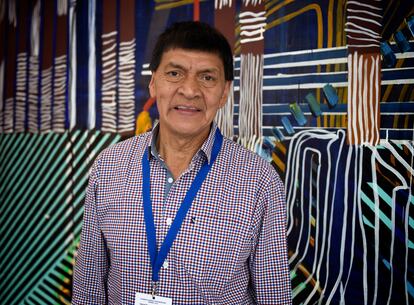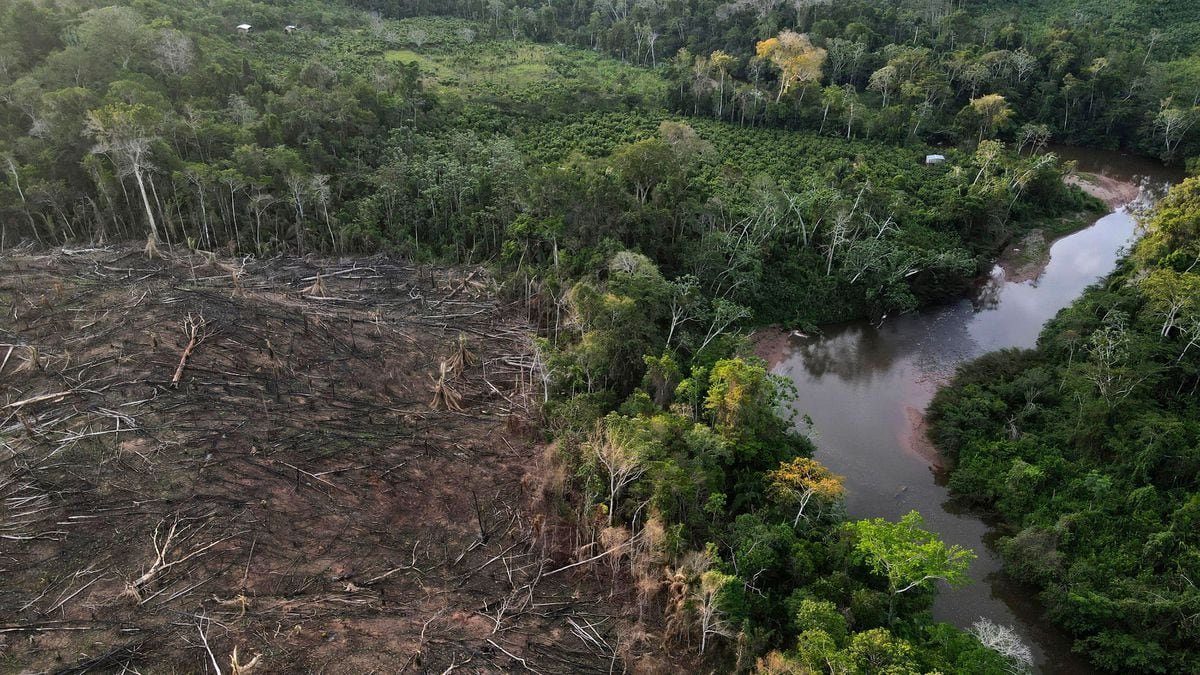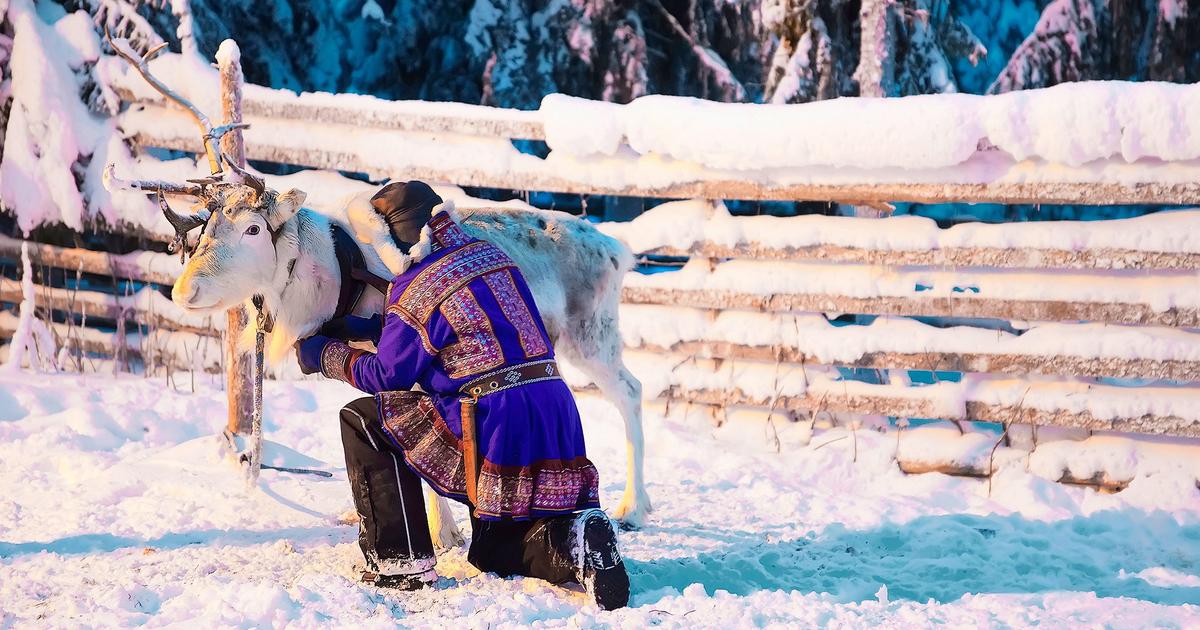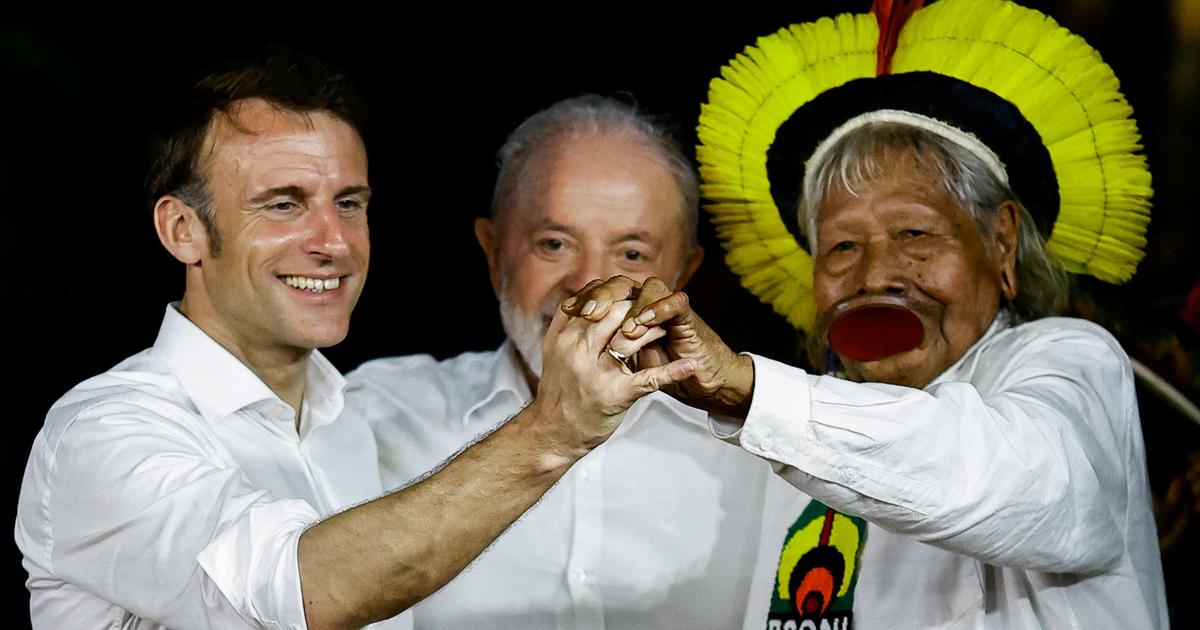In the Maa language of the Maasai indigenous people,
Siringit
means endless plain and refers to the community's habitat.
The word loses more and more meaning for the Maasai leader Yannick Dnyondo, banished from Loliondo (northern region of Tanzania) almost two months ago.
Dnyodo had to flee with his wife and his five children to Nairobi, the capital of Kenya.
From there, recounting the forced displacement of the Maasai at the hands of Tanzania, has forced him to speak more English and Swahili than Maa.
“The land is the center of Maasai life.
Without land, language and customs are lost.
Identity is lost ”, he points out from the phone with his voice made a thread.
Although about a million people speak Maa, Dyondo shares Elias Kimaiyo's fear of the disappearance of his people and the extinction of his culture.
Kimaiyo is an indigenous leader of the Sengwer people, a community of only 5,000 inhabitants, who live in the Embobut forest (located in the Cherangani mountains in western Kenya).
Outside the forest foothills, use of the local language is difficult, as many of the Sengwer terms refer to the people's own natural resources.
“I cannot name the Tilelyeew beyond Embobut.
It is a plant that produces a special nectar that is only found here,” emphasizes Kmikayo, who assures that in 2017 he was attacked by officers of the Kenya Forest Service, who evicted dozens of Sengwer families from their homes.
"By being expelled, indigenous peoples lose the land in which their language has meaning," explains anthropologist Fyore Lyondo, a researcher at Survival, an NGO dedicated to claiming the land rights of indigenous peoples for more than 50 years. .
"We only ask that our ancestral rights to the land and the way we live be respected," Kimaiyo claims to the Kenyan authorities.
To counteract the cultural loss of the 3,000 indigenous languages that, according to UNESCO, could disappear before the end of the century, the UN proclaimed the period between 2022 and 2032 as the International Decade of the World's Indigenous Languages.
Part of the plan's goal is to "integrate aspects of linguistic diversity into sustainable development efforts."
The nearly 400 million indigenous people in the world only own 10% of the land, despite the fact that they hold 80% of the planet's diversity in their territories, according to the United Nations
Although the researcher Lyondo recognizes the value of the initiative, she considers that it must be accompanied by measures that help the indigenous population to remain in their places of origin.
"I do not deny that these policies give weight to indigenous identity, but that cannot be separated from the territorial struggle," she emphasizes.
A 2018 study by the World Resources Institute (WRI) indicates that the nearly 400 million indigenous people in the world only own 10% of the land, despite the fact that they hold 80% of the planet's diversity in their territories, according to United Nations data.
Luis Enrique López, a sociolinguist with more than 40 years of study of indigenous languages, highlights the danger that their extermination poses in relation to caring for the planet.
"If indigenous languages continue to be silenced, a set of knowledge that has to do with sustainable management of the environment will also disappear," the Peruvian expert settles.
Both Dnyondo and Kimaiyo see the integrity of their homes threatened by government actions that call for the implementation of environmental preservation projects.
“The Maasai culture takes care of the land.
Conservation without our participation is meaningless,” explains Dnyodo, his voice muffled.
speak with pride
The fight for indigenous languages is not reduced only to the territorial problem, but also, according to López, includes other factors such as discrimination and the dominance of other languages in the regions.
"The progressive erosion of languages is also a product of racism," says the educator.
This is how Gabriel Muyuy Jakanamijoy lived it when he was eight years old in the rural area of Putumayo (a region located in the south of Colombia).
"They forbade us to speak our language at school," says the leader of the Inga community, who recalls the hard process of burying Quechua at home while trying to adapt to Spanish at school.
"At that moment I would have stopped being indigenous, if I could have," he confesses.
Despite the evident domination over the indigenous communities, which imposed a burden on Muyuy's childhood, the current perception of their language has been radically transformed.
López highlights the emerging revitalization of Quechua as a good example of caring for native languages in Latin America.
Between 2007 and 2017, the number of speakers increased by 500,000, he notes.
This phenomenon is largely due to the interest of young people in learning Quechua through art.
“They use the language through music, poetry, cinema...”, explains López, who also directs the Bilingual Intercultural Education Program for the Andean countries.
Gabriel Muyuy, during the XVI General Assembly of FILAC, in Madrid, this July. Lucie MAILLARD
For Muyuy, technical secretary of the Fund for the Development of the Indigenous Peoples of Latin America and the Caribbean (FILAC), the boom in the use of his language now fills him with pride.
"My children learned through music and they sing in Quechua," he says proudly.
Although they grew up in Bogotá and not in the fields of Putumayo like him, his children have helped him exalt his roots.
“I am proud of who I am.
Being an inga is my strength”, settles the philosopher, who for more than 30 years has dedicated himself to working in favor of Latin American indigenous peoples.
The appropriation of Quechua speech has also been successful in the mass media.
This year, Peru's state television launched
Pukllaspa Yachay
(learn by playing), a contest that has triumphed in the country and has become another symptom of attachment to the language, which already has more than 12 million speakers in seven countries. .
The case of Quechua is not the most common among indigenous languages.
According to UNESCO, Of the 7,000 languages that are currently spoken in the world, 6,700 belong to native peoples, and they are precisely the most threatened to disappear.
Thus, regardless of the number of speakers and the origin of their peoples, all indigenous leaders insist on the resistance of their community, and the fight for their identity.
Even better if it can be done from your own land.
This is recognized by Gabriel Muyuy, who despite being surrounded by Quechua speakers in Bolivia, notes the lack of speaking the language with his own in his native Sibundoy Valley
:
“After spending so much time away from my community, I feel that many things about my language have weakened.
Of course I understand and talk, but it's not the same anymore”.
You can follow PLANETA FUTURO on
,
and
, and subscribe
to our 'newsletter'
here
.




/cloudfront-eu-central-1.images.arcpublishing.com/prisa/ZP4NWHUN7JACK2UZSAHGHFED3E.jpg)

/cloudfront-eu-central-1.images.arcpublishing.com/prisa/XWDEWCZPBVCCDFB3VJU2TWK5PY.jpg)

/cloudfront-eu-central-1.images.arcpublishing.com/prisa/DNL7HO6Q7JEGXAADDZOU7HVF2I.jpg)
/cloudfront-eu-central-1.images.arcpublishing.com/prisa/L64PMGMKXNDP5EHGZTYIAK3UTU.jpg)


/cloudfront-eu-central-1.images.arcpublishing.com/prisa/KMEYMJKESBAZBE4MRBAM4TGHIQ.jpg)


